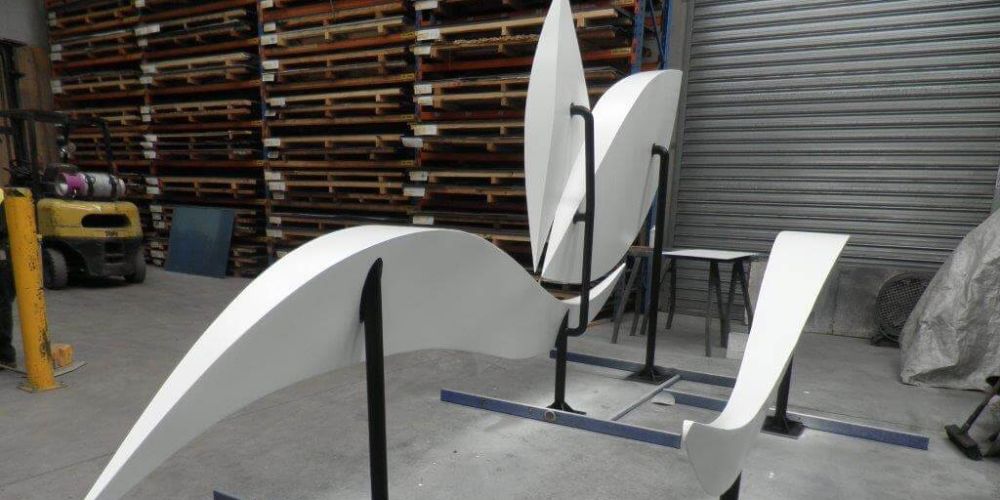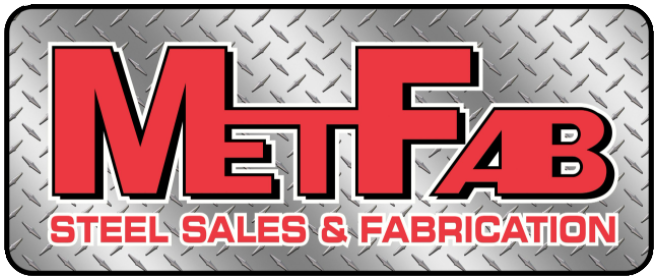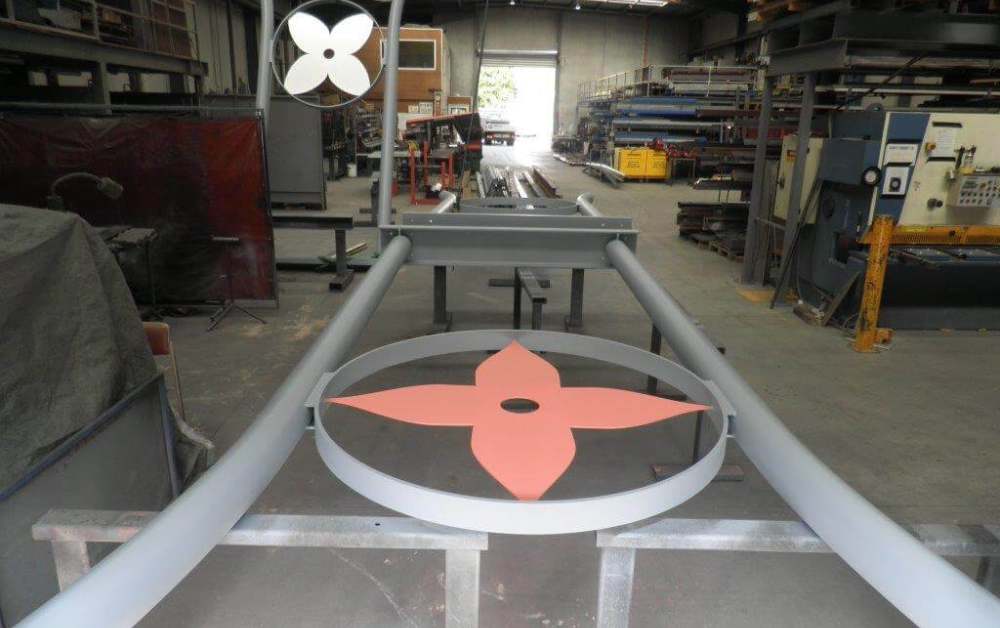Metal Fabrication Designing Tips
Every metal project begins with a design. This design acts as a roadmap that turns an idea into a metal object. But ensuring the design can easily be turned into the metal product you want is important.
Starting a metal fabrication project is a thrilling adventure in which creativity and engineering combine to bring ideas to reality. The design phase is at the heart of this process, laying the groundwork for converting conceptions into physical metal objects. The process from concept to completed product requires great attention and planning to achieve a flawless translation.
In this article, we'll look at crucial techniques and tactics for envisioning outstanding designs and optimizing them for a seamless transfer into metal manufacturing. Whether you're an experienced designer or new to metalwork, these tips will help you negotiate the complex journey from visualization to reality, allowing your metal fabrication projects to shine.
What Makes Metal Fabrication Perfect for Designing
When creativity intertwines with craftsmanship, remarkable things happen. Here are the reasons why metal fabrication is the perfect canvas for designers to unleash their creativity and engineering prowess:
Versatility
Metal fabrication has many applications, allowing designers to construct everything from delicate aesthetic pieces to strong industrial buildings. Designers can push their creative bounds by manipulating metals into various forms and sizes.
Aesthetic Value
Metals have a particular style that seamlessly blends modernism and timelessness. Designers may play with materials, coatings, and shapes to create aesthetically arresting objects that draw attention and last throughout time.
Functional Integration
Form and function are perfectly combined in metal manufacturing. Designers may create beautiful things to look at and serve useful functions. This fusion of use and beauty characterizes the success of metal-designed projects.
Precision Engineering
Modern metal production techniques, such as computer-aided design (CAD) and computer numerical control (CNC) machining, guarantee accuracy, and perfection down to the last little detail. This degree of accuracy enables designers to faithfully and exquisitely transfer complex concepts into reality.
Durability and Longevity
Metals are renowned for their strength and resilience in challenging environments. This strength guarantees that creations made using metal fabrication maintain their integrity throughout time, giving both creators and users longevity and value.
Materials Variety
Various metals may be used for manufacture, and each has distinct qualities. Designers may adapt their designs to individual requirements thanks to the variety of materials available, from corrosion-resistant stainless steel to lightweight aluminum.

Simple Metal Fabrication Tips for Great Design
Working with metal involves a dance between your imagination and the raw material and using tools and methods. Here are eight quick techniques that may make your designs into works of art as you stroll through the realm of metal fabrication:
Understand Metal
Metals might be compared to the many characters in a novel. Aluminum is lightweight and adaptable, whereas steel is robust and reliable. Understanding the properties of the metal you're dealing with informs your design decisions and guarantees the stability of your project.
Measure Once, Cut Twice
Precision is king when fabricating metal. Please double-check your measurements before making any cuts. It's a simple precaution that avoids major blunders requiring squandering resources and adding extra time to correct them.
Always Prioritize Safety
Safety is your armor, not an accessory. Ensure you're protected with gloves, goggles, and an apron as sparks fly and tools roar. Safety equipment isn't a distraction; it lets you concentrate on making your idea a reality.
Plan the Sequence:
Consider your project to be a puzzle. Before beginning, determine which elements must come into alignment first. Should you cut before bending? Before you paint, weld? A precise strategy reduces confusion and saves time.
Smooth and Clean Cuts
Your design's look may be made or broken by the quality of your cuts. For complex forms, either invest in high-quality cutting tools or hire outside help. The foundation for a polished final result is a clean cut.
Mind the Heat:
To successfully weld and solder, the correct temperature is necessary. The melting points of various metals vary. Do some research and modify your heat settings as necessary. While too little heat might result in weak joints, too much heat can deform your design.
Mock It Up First:
Consider this phase to be a test run for your creation. As a prototype, use cardboard or a cheap metal. This lets you identify design faults and possible problems early on, preventing irritation later.
Finishing Touches Matter:
A decent item may become a work of art by adding the right details. To ensure your product endures time, sand down any sharp edges, polish surfaces for a smooth appearance, or cover them with protective material.
FREQUENTLY ASKED QUESTIONS
Conclusion
Metal fabrication provides creative possibilities, from an idea's spark to a finished product's brilliance. You're ready to bring your designs to life in ways that dazzle the eye and serve a purpose now that you've mastered materials, accuracy, and the dance of safety.
Remember that every project is an adventure as you handle cutting tools, bend metal, and create delicate welds. Every effort you make contributes to the masterpiece you're making. Metal fabrication is your entrance to invention, whether a practical construction or a work of art.


